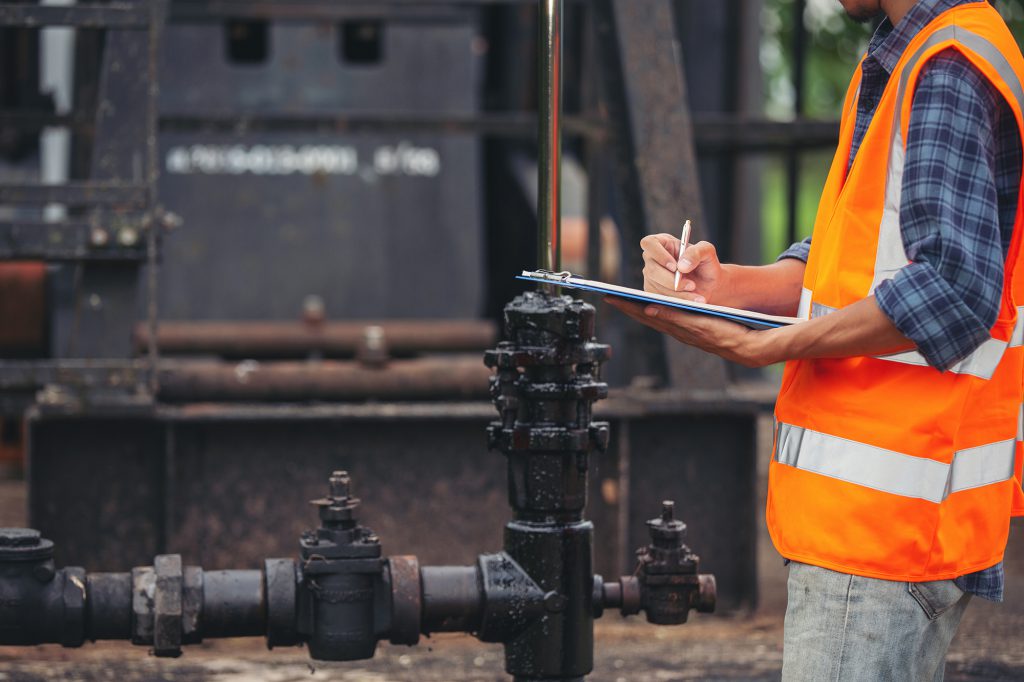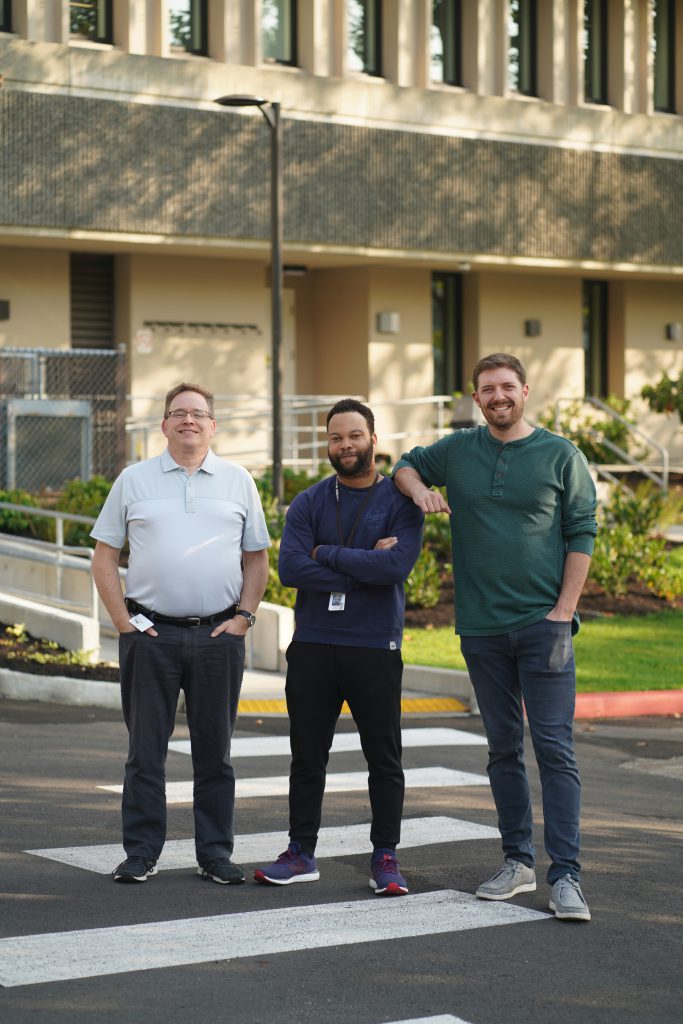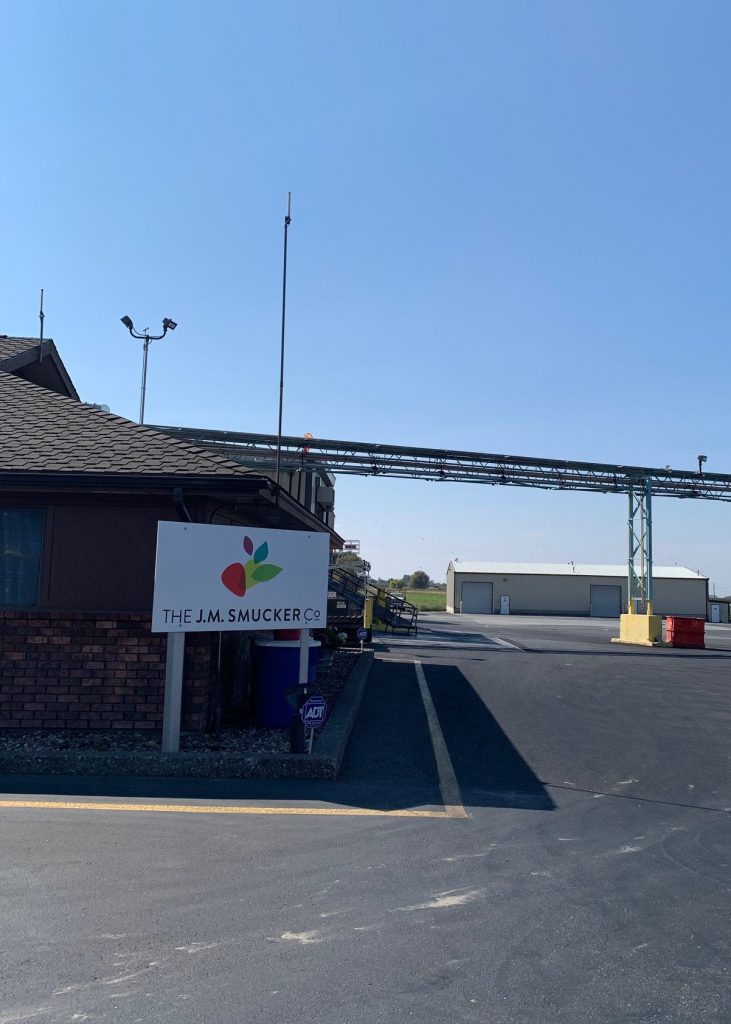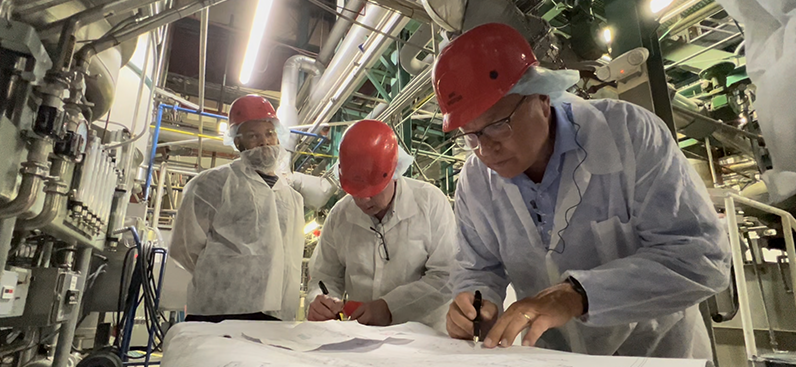
An often unacknowledged but surprising aspect of modern life is that toxic chemicals are pretty much everywhere. We encounter them in common consumer products and building materials. Toxic chemicals are also used in manufacturing processes throughout a wide range of industries.
Toxics can be widespread and long-lasting, remaining in the environment for many years. For example, per- and polyfluoroalkyl substances (PFAS) degrade so slowly over time that they are known as “forever chemicals.” Toxic chemicals affect human health and the health of shellfish, forage fish, salmon, orcas, and other wildlife throughout the Puget Sound region. They can disrupt body chemistry, affect development and reproduction, and cause disease.
While the U.S. Environmental Protection Agency (EPA) and the Washington State Department of Ecology (Ecology) regulate the use of many toxic chemicals, the scale of global chemical production means that regulation alone cannot address the issue.
Chemical production has increased 50-fold since 1950, with an estimated 350,000 chemicals on the global market, 70,000 of which were registered in the last decade. In addition to regulation, another way of reducing the amount of toxic chemicals in the environment is by addressing toxics at their source, in industrial and manufacturing processes.
Ecology’s Toxics Reduction Assistance Program works on exactly this issue. The program helps businesses reduce their use of toxic chemicals, waste generation, and operating costs by providing non-enforcement technical assistance tailored to the business’s needs. The program offers technical support, monitoring and data collection, pollution prevention planning support, and funds for switching to safer alternatives.
Certain businesses and organizations in Washington are required to submit pollution prevention plans to Ecology every year. The toxics reduction staff review these plans and reach out to businesses to offer consultations. Businesses also seek out help from the program on their own and often raise awareness of the program through word of mouth via trade associations and conferences.
The 2022-2026 Action Agenda and the toxics reduction program target
The 2022-2026 Action Agenda is our community’s shared four-year plan for recovering Puget Sound. It includes strategies and actions that will help us achieve a healthy and resilient Puget Sound.
One of the strategies in the Action Agenda focuses on toxic chemical pollution. Ecology’s toxics reduction program has committed to a target that they will aim to achieve in the next four years. For the toxics reduction program, this means:
- reducing the amount of toxic chemicals used or generated hazardous waste an additional 8,000 pounds above the existing goal of 160,000 pounds and
- realizing an additional cost savings for participating businesses of $20,000 above the existing cost-savings goal of $400,000.
“Program targets like this are a critical component of the 2022-2026 Action Agenda,” said Dan Stonington, planning manager with the Puget Sound Partnership. “This program target helps define a part of the success we need to achieve for Puget Sound recovery in the next few years.”
Paul Fabiniak, toxics reduction specialist in Ecology’s Northwest regional office, explained what it would mean to work with businesses to achieve the target. “If you find a way to cut waste, you’ve usually changed your process in a way that means you aren’t buying as many raw products. You’re saving money that way, but you’re not transporting those chemicals. There’s a radiating effect. You’re cutting the amount of material you have to use, which reduces the opportunity for spills and damage.”
Myles Perkins, P.E., toxics reduction unit supervisor in Ecology’s Northwest regional office, knows the program target is ambitious but believes that with increased outreach and better partnerships with businesses and trade associations, they’ll be able to achieve their goals.

Saving water, chasing leaks, and the process of toxics reduction
The toxics reduction program assists a range of industries throughout Washington. This includes aerospace manufacturing, paints and coatings manufacturing, food and beverage processors, electronics manufacturing and assembly, automotive recycling, chemical manufacturing, surface finishing, and more. Ecology’s toxics reduction team includes chemical, environmental, civil, and mechanical engineers, environmental specialists, and toxicologists.
Ify Isigwe, Ph.D., P.E., toxics reduction engineer, has been working with food and beverage processors throughout the state to reduce waste and improve efficiency. Isigwe has a background in chemical engineering and Lean manufacturing, a continuous improvement practice that seeks to eliminate waste from processes. “Food and beverage processors can consume a lot of water and energy, and I’m working on developing resource conservation opportunities for that sector,” Isigwe said.
For one of his recent projects, Isigwe worked with the J.M. Smucker Company, which has a facility in Grandview, to design a clean-in-place system. “This is an automated system with stationary tanks that help trap and reuse the water that’s been used in cleaning instead of disposing of it,” Isigwe explained. “It can save at least 30 percent of your daily gallons of water consumed. After an initial cleaning cycle, the rinse water is reused, which eliminates the need to use a new batch of chemicals in the next cleaning cycle. This brings about reduction in overall cleaning chemical usage.”
Sarah Mothershead, quality assurance manager at the J.M. Smucker Company, explained why it’s important to the company to reduce waste and achieve better efficiency. “As we all know right now with inflation and supply chain challenges, costs are definitely increasing,” she said. “By pulling costs out of your process and gaining efficiency through these types of continuous improvement projects, it helps us stay competitive.
“I think from an environmental perspective, the less water we can use, the less chemicals we can use, the less waste we have, helps us from a sustainability standpoint. This program will help us on water savings and chemical savings as we look to optimize and automate our cleaning processes.”

Both Isigwe and Fabiniak talked about their work on another service that Ecology provides, leak detection for compressed air and refrigerant systems. They explained how finding refrigerant or compressed air leaks can help businesses save costs and minimize their use of resources.
Fabiniak said that, with the compressed air systems used in operation machinery, leak detection involves the use of ultrasonic detection guns that can pinpoint the location of a leak. “When a leak is small enough in an air system, you can’t hear it with a human ear,” Fabiniak said. “The sound is too high. But these guns can pick up those ultrasonic signals and translate that into a reading. In conjunction with the knowledge about the size of the compressor that the company has and the cost of electricity—cost per kilowatt hour—that helps us derive an estimate of the cost of each leak.” Fabiniak mentioned that these types of leaks can cost businesses thousands of dollars a year.
“[Ecology wasn’t] just telling us how to do something—they were literally hand-in-hand giving us the equipment and the tools to help us with our water reduction process.” — Sarah Mothershead
While the toxics reduction program provides highly technical assistance to businesses, it also involves building relationships and trust with the people who manage and work at those businesses. Perkins, Isigwe, and Fabiniak all stress that strengthening their partnerships throughout different industries is as crucial to their jobs as promoting safer chemicals or reducing wastewater or energy use.
“We’re dealing with a business and first of all, they have the bottom line to consider and of course they have their product and they have worked hard to make it a good product,” Fabiniak said. “They’re not going to change it on a whim. They want to get to know you, they want to know you over time, and that you know something about their industry.”
Understanding the culture of a company—the staff and their preferred processes and techniques—is a key part of toxics reduction work. Members of the toxics reduction team observe the culture of a business over time, and that helps them make better suggestions for waste reduction and cost savings, which provides better motivation for the businesses to make a change.
Mothershead said that it is this willingness on the part of the toxics reduction team—to look carefully at facilities and existing processes and offer resources—that has impressed her. “One of the big drivers [of working with Ecology] for us was understanding our water usage,” she said. “The Ecology team was able to secure a grant to get these specialized water meters, clamp-on water meters, that we can use to measure water usage. So, they weren’t just telling us how to do something—they were literally hand-in-hand giving us the equipment and the tools to help us with our water reduction process.”
Using new tools to reduce waste
Besides technical assistance visits and consultation, the toxics reduction program also uses innovative tools to help businesses reduce waste. Perkins explained that the program has a new virtual reality headset and controller that helps paint sprayers improve their efficiency. “It’s a training module and it uses the same [paint-spraying] gun—the same weight, everything,” Perkins said. “It shows you how far back you need to be from the surface and what your motions should be, so that when you’re painting, you’re not wasting.”
The program also partnered with Washington Sea Grant this year to develop an internship opportunity that placed interns at participating businesses for 10 weeks. The interns worked on site at businesses to identify pollution prevention opportunities. As Perkins pointed out, toxics reduction staff often have site visits that last a few hours, but these interns can spend time understanding the nuances of a business’s process, building a connection with staff, and thinking about how to improve pollution prevention.
The toxics reduction program is always evolving too. Perkins, Isigwe, and Fabiniak all mentioned that the program allows team members to propose new approaches and new initiatives. “We’re encouraged to come up with projects we think can impact facilities,” Isigwe said. “Helping facilities reduce environmental impacts—that’s what our program is all about. Every single reduction that we achieve helps improve human health and the environment.”

Optimistic about the future
Perkins, Isigwe, and Fabiniak have been with the toxics reduction program for different lengths of time, but they all said they’ve seen the program grow in the last few years by being creative and going beyond what’s required. “The agency has really stepped forward to effect change in this area,” Fabiniak said.
Perkins and the other team members also noted that it’s been encouraging to see how businesses are more open to change now than they were five years ago. “Culturally, there’s more of a lens on trying to be more sustainable—ensuring that your business and products aren’t having a gigantic impact on the environment,” Perkins said. “This shift toward improving your environmental footprint has opened doors for our program.”
What’s also encouraging the toxics reduction staff is the emergence of programs like Safer Products for Washington, a partnership between Ecology and the Washington State Department of Health.
Safer Products for Washington will help reduce the use of toxic chemicals in consumer products by restricting or eliminating the use of those chemicals when safer alternatives are available. “Historically we’ve only dealt with waste,” Perkins said. “We’ve never dealt with what makes into products. So this will lead to regulations for businesses to improve their products and make them safer for the environment and human health—and there’s an avenue for us to help businesses do that.”
Perkins and the rest of the toxics reduction staff are also focused on helping people who have been most affected by environmental damage. Perkins explained that the program has started to use environmental health disparities data to prioritize where they offer technical assistance. He also said their work on air emissions will help them address other environmental justice issues on a local level.
“You can give us a call and we will help you improve efficiency and reduce waste. We’ll work with anyone who wants to work with us.” — Paul Fabiniak
The least regulatory part of a regulatory agency
Reducing the use of toxic chemicals throughout manufacturing and business sectors is a complex and challenging undertaking—one that can only be successful because of the genuine collaboration and exchange of ideas between Ecology and businesses.
“It’s a great learning process, because every single case from a business is different, and you start to learn new things,” Isigwe said. “It helps foster the collaboration between the business and toxics reduction professionals. Because we’re able to figure out how to best serve the business to help reduce waste and drive environmental improvement.”
Mothershead echoed Isigwe’s sentiments when reflecting on the J.M. Smucker Company’s experience with the toxics reduction program. “I think we’ve both equally learned from one another,” she said. “You have a good relationship with them, they understand your operation, and you know what they’re looking for. We had a lot of ‘Oh, that’s why’ moments. I think it’s about the sharing of ideas, sharing of processes, and building those relationships to understand why.”
The toxics reduction staff emphasized that it is this mutually beneficial cooperation that drives their work and makes it rewarding. “We’re here to work with people who want to work on an issue,” Fabiniak said. “We’re part of Ecology, which is a regulatory agency, but we’re the most non-regulatory part of the Department of Ecology. You can give us a call and we will help you improve efficiency and reduce waste. We’ll work with anyone who wants to work with us.”
Contact Ecology’s Toxics Reduction team to learn more about the individually tailored, non-enforcement pollution prevention and technical assistance they provide to businesses.

